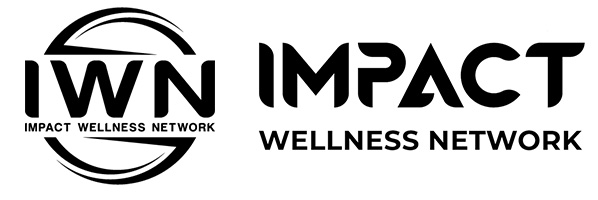Drug screening plays a crucial role in the rehabilitation process, helping to monitor substance use, ensure compliance with treatment protocols, and promote accountability among individuals seeking recovery.
We will dive into the drug screening process in rehabilitation clinics, exploring its significance, methods, and importance in supporting effective recovery. Additionally, we’ll discuss how Impact Wellness Network can provide valuable assistance and support for individuals navigating addiction recovery.
The Significance of Drug Screening in Rehabilitation Clinics
Drug screening serves multiple purposes within rehabilitation clinics, including:
Monitoring Substance Use
Drug screening helps clinicians monitor whether individuals in recovery are abstaining from drug and alcohol use, providing valuable insights into their progress and adherence to treatment protocols.
Ensuring Treatment Effectiveness
Regular drug screening allows clinicians to assess the effectiveness of treatment interventions and make necessary adjustments to the individual’s care plan based on their substance use patterns.
Promoting Accountability
Drug screening promotes accountability among individuals in recovery by holding them accountable for their sobriety and encouraging honesty and transparency in their interactions with treatment providers.
Identifying Relapse Risk
Early detection of substance use through drug screening can help identify individuals at risk of relapse and intervene promptly to prevent further escalation.
Methods of Drug Screening in Rehabilitation Clinics
Rehabilitation clinics utilize various methods of drug screening to monitor substance use, including:
Urine Drug Testing
Urine drug testing is the most common method used in rehabilitation clinics due to its accuracy, reliability, and non-invasiveness. Individuals provide a urine sample, which is then analyzed for the presence of drugs and metabolites.
Breath Alcohol Testing
Breath alcohol testing is used to detect recent alcohol consumption by measuring the concentration of alcohol in an individual’s breath. This method is often used in conjunction with urine drug testing to assess both alcohol and drug use.
Oral Fluid Testing
Oral fluid testing, also known as saliva testing, involves collecting a saliva sample using a swab and analyzing it for the presence of drugs and alcohol. This method offers rapid results and is less invasive than urine testing.
Hair Testing
Hair testing involves analyzing a small sample of hair for the presence of drugs and metabolites. This method provides a longer detection window than urine or oral fluid testing, making it useful for detecting chronic substance use.
The Importance of Drug Screening in Supporting Recovery
Drug screening plays a vital role in supporting effective recovery by:
Monitoring Progress
Regular drug screening provides clinicians with objective data to monitor individuals’ progress in recovery and assess their response to treatment interventions.
Identifying Support Needs
Drug screening results can help identify individuals who may require additional support, such as counseling, medication-assisted treatment, or adjustments to their care plan.
Enhancing Accountability
Drug screening promotes accountability among individuals in recovery, empowering them to take ownership of their sobriety and make positive choices to support their long-term wellness.
Contact Impact Wellness Network Today
The drug screening process is an integral component of rehabilitation clinics, serving to monitor substance use, ensure treatment effectiveness, and promote accountability among individuals in recovery.
Impact Wellness Network understands the importance of comprehensive support and assistance for individuals navigating addiction recovery. If you or someone you know is seeking guidance and support on the journey to sobriety, contact Impact Wellness Network today. Together, we can pave the path towards lasting recovery and wellness.

